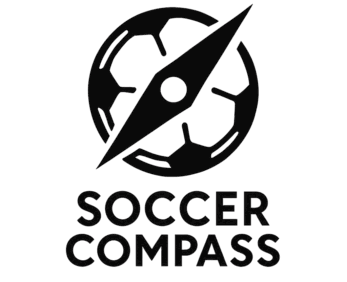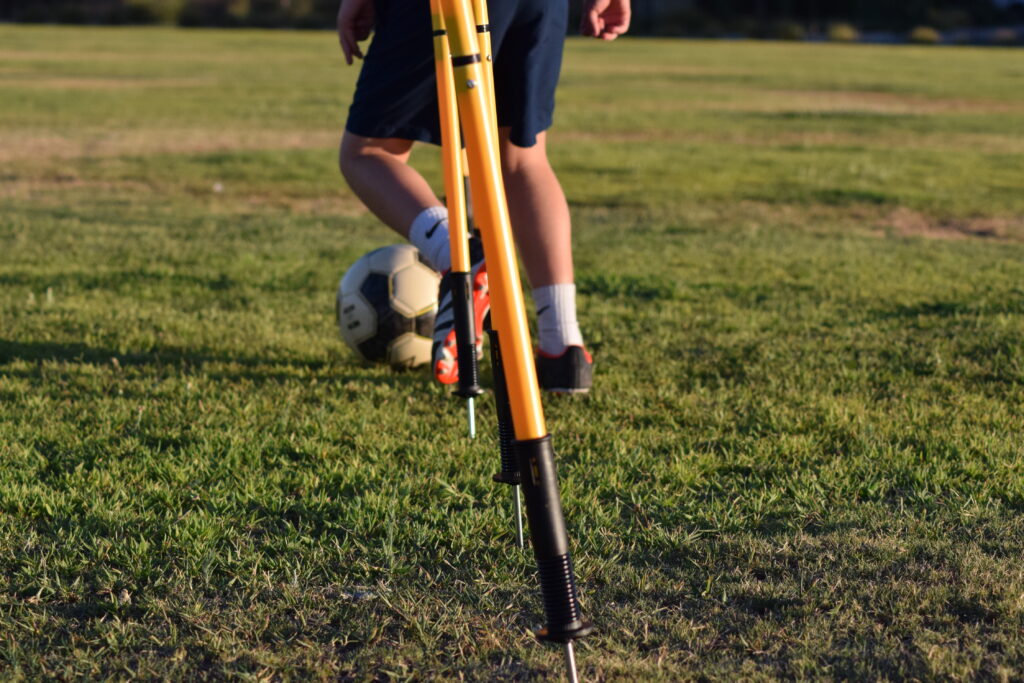7 Soccer Drills Kids Can Do in the Backyard (No Equipment Needed)
Want to improve your child’s soccer skills without expensive equipment or trips to the field? These backyard soccer drills for kids require nothing more than space and enthusiasm – and they actually work better than you’d expect.
Here’s what you’ll discover:
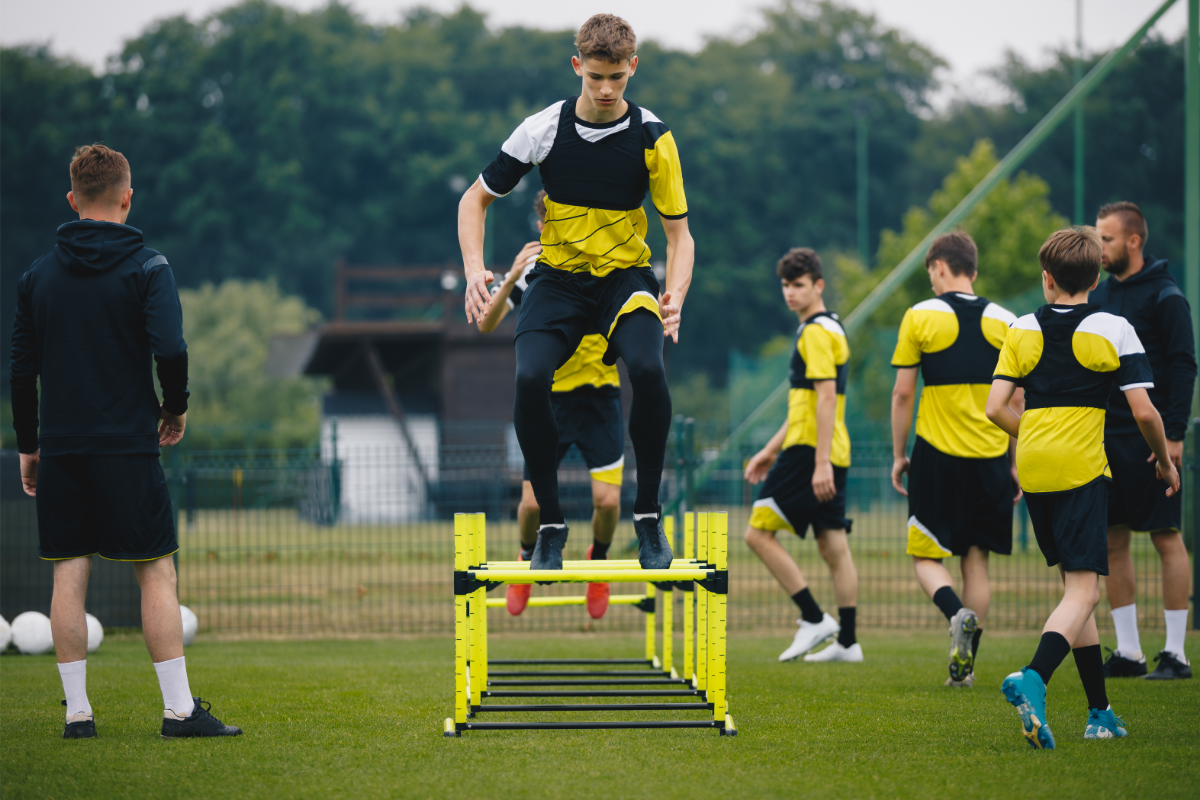
Why Equipment-Free Soccer Training Actually Works Better
You might think that professional soccer drills require cones, goals, and fancy equipment, but here’s the truth:
Some of the most effective soccer training happens with zero equipment.
Here’s why:
When kids don’t have equipment to rely on, they develop something more valuable:
Pure skill and creativity.
Think about it…
Pelé learned to play with a grapefruit. Messi honed his skills in tight spaces without cones. Ronaldinho developed his magic with just a ball and imagination.
The secret?
Equipment-free drills force players to focus on:
- Perfect technique
- Body control
- Mental visualization
- Creative problem-solving
And the best part:
These backyard soccer drills work for ages 5-15.
But wait – there’s more:
Each drill builds specific skills that transfer directly to game situations.
Drill #1: The Invisible Ball Challenge
What it develops: Footwork, muscle memory, coordination
Why it works so well:
Without a ball to chase, kids focus entirely on proper form.
Here’s how to do it:
Step 1: Stand in ready position, feet shoulder-width apart
Followed by Step 2: Practice juggling motions without a ball
- Right foot lift
- Left foot lift
- Alternate rhythmically
Step 3: Add complexity
- Include thigh touches
- Add chest movements
- Practice headers (gentle nodding)
Step 4: Finish with shooting motion
- Plant foot beside imaginary ball
- Follow through with proper form
The progression:
Start with 30 seconds. Build to 2-3 minutes. Add commentary for fun: “Messi receives the pass…”
Pro tip:
Close your eyes during the drill.
Why this matters:
When you remove visual feedback, your body learns to “feel” proper movement patterns.
The result?
Better ball control when you return to using an actual ball.
Drill #2: Shadow Dancing Soccer Style
What it develops: Agility, quick direction changes, reactive movement
Here’s what makes this drill special:
It mimics the unpredictable direction changes players face in real games.
The setup:
Mark four corners of a square (use shoes, water bottles, or just imagine them). Child starts in the center.
Level 1: Basic Corners
- Run to corner 1, back to center
- Run to corner 2, back to center
- Continue around all corners
Followed by Level 2: Random Commands
- Parent calls out corner numbers randomly
- Child must react quickly and change direction
Level 3: Add Soccer Movements
- Side shuffle to corners
- Backwards run to center
- Include “shadow dribbling” motions
Level 4: The Challenge
- Change direction mid-run when parent claps
- Add fake moves before reaching corners
- Time each round and try to improve
The coaching tip:
Emphasize staying low and balanced.
Why?
This mimics the body position needed when defending against opponents.
The magic happens when:
Kids stop thinking about the movement and start reacting instinctively.
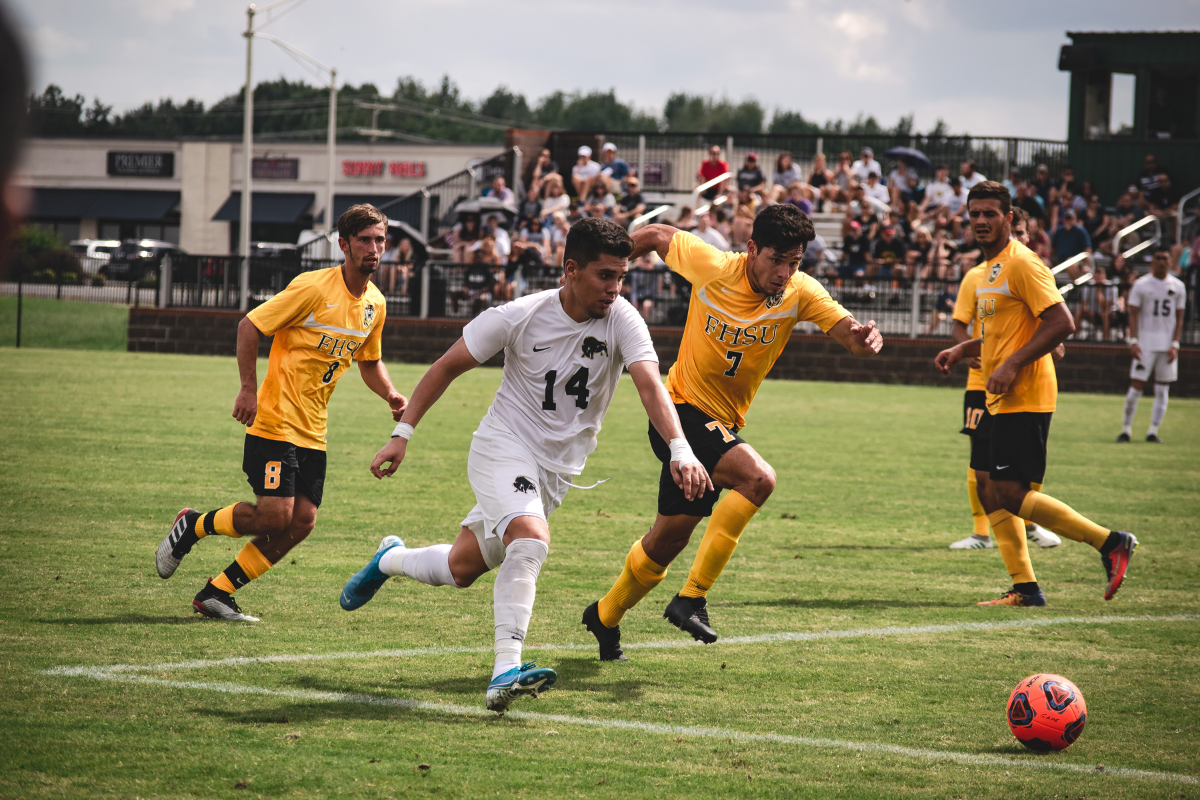
Drill #3: Floor is Lava (Soccer Edition)
What it develops: Balance, core strength, creative movement
Every kid knows this game…
But adding soccer elements transforms it into serious skill development.
The basic rules:
- Only feet can touch the ground
- Move around backyard using “safe” spots
- Add imaginary ball control while navigating
Soccer variation #1: Toe-Tap Travel
- Move only by toe-tapping imaginary ball
- Each step includes small dribbling motion
- Practice with both feet equally
Variation #2: One-Foot Island Hopping
- Hop on one foot between safe spots
- Switch feet every 30 seconds
- Builds single-leg strength for shooting
Soccer variation #3: Crab Walk Challenge
- Move between spots in crab walk position
- Builds core strength
- Helps with throw-in technique
Why kids love it:
Familiar game with new challenges keeps engagement high.
But here’s the secret benefit:
It builds the unusual balance and core strength that separates good players from great players.
The progression:
Start with easy “safe spots.” Gradually make navigation more challenging. Add time limits for extra excitement.
Drill #4: Mirror Mirror (Soccer Edition)
What it develops: Reaction time, defensive stance, anticipation
This drill requires a partner…
But it’s worth recruiting a sibling, parent, or friend.
The setup:
- Two players face each other, arm’s length apart
- One leads, other mirrors movements exactly
- Switch leader every 60 seconds
Movement ideas:
- Side shuffles with arms out (defensive stance)
- Quick step-touches left and right
- Forward and backward with bent knees
- Jumping jacks with soccer flair
- “Shooting” motions – step and swing
Competitive variations:
Fake-Out Challenge: Leader tries to trick mirror with sudden changes.
Speed Round: Double the pace for 30 seconds.
Copycat Chaos: Both try to lead simultaneously.
Solo version: Use a mirror or window reflection.
The breakthrough moment:
When kids stop thinking and start reacting automatically.
That’s when:
Real defensive instincts begin to develop.
Drill #5: Invisible Cone Weaving
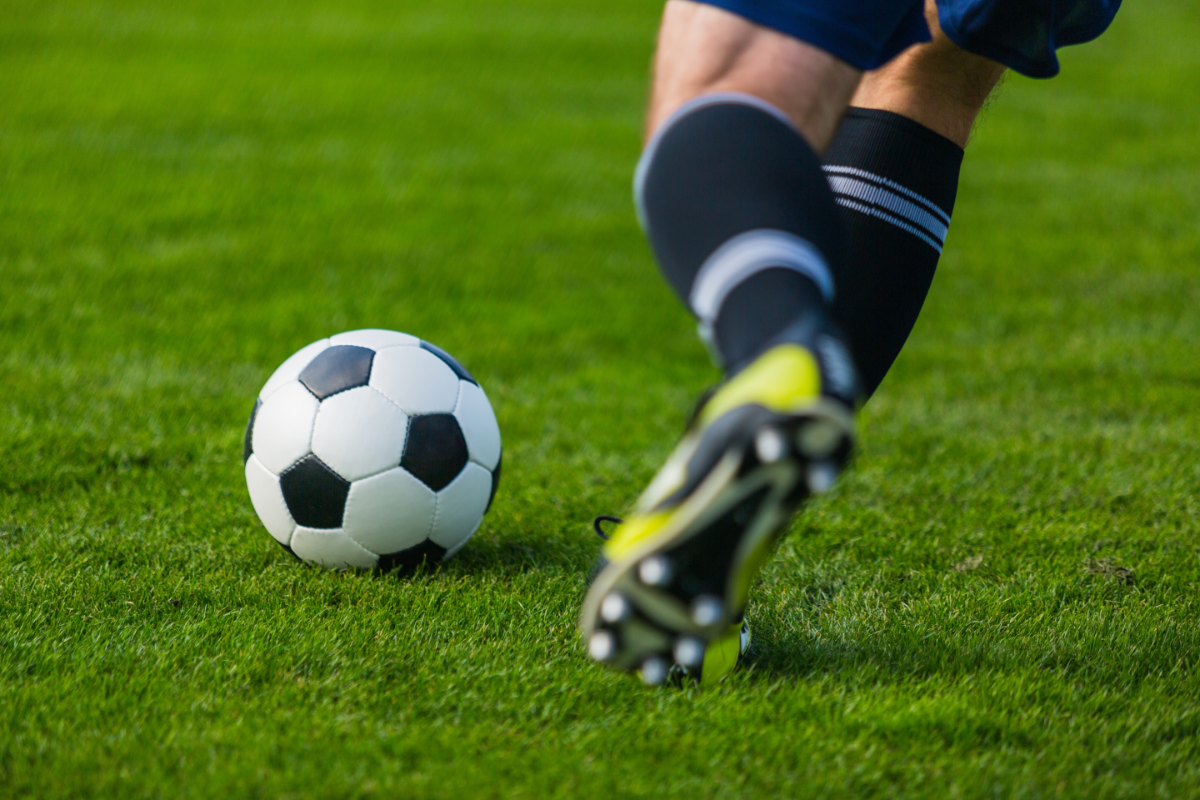
What it develops: Close ball control, change of direction, both-foot dribbling
Who needs expensive cones…
When imagination works just as well?
The setup:
- Pick straight path across backyard
- Imagine 6-8 cones spaced 3 feet apart
- Walk the path first to establish “cone” locations
Levels:
Walking Weave
- Walk through imaginary cones
- Use inside of both feet for touches
- Keep head up, maintain rhythm
Jogging Weave
- Increase pace while maintaining control
- Add outside-of-foot touches
- Practice sharp “cuts” at each cone
Speed Weave
- Full running pace
- Quick, short touches only
- Challenge: complete without breaking stride
Creative variations:
Backwards Weaving: Builds rear-foot awareness.
One-Foot Only: Strengthens weaker foot.
Stop and Go: Full stop at every third “cone,” explode forward.
The real-world application:
This directly translates to beating defenders in tight spaces.
And the best part:
Kids can practice this anywhere, anytime.
Drill #6: The Helicopter Turn
What it develops: 360-degree awareness, turning with ball, protective dribbling
This drill teaches something crucial:
How to maintain control while changing direction completely.
The basic technique:
Starting position: Center of imaginary square
The movement: Slow 360-degree turn while dribbling
Ball control: Keep ball close using inside of both feet
Head position: Keep head up, scan “field” Complete rotation: Return to starting position
Week 1 progression:
- Master basic 360-degree turn
- Focus on smooth, controlled movement
- Ball stays within arm’s length
During Week 2 progression:
- Add speed variations (slow, medium, fast)
- Practice both directions
- Add sudden direction reversals
Week 3 progression:
- Imagine defender pressure from different angles
- Practice “shielding” ball with body
- Add quick acceleration out of turns
Advanced challenge: Complete three consecutive 360s without losing control.
The game application:
Players who master this drill can turn away from pressure in any direction.
That means:
They’re nearly impossible to dispossess in tight spaces.
Drill #7: Statue Soccer
What it develops: Body control, balance, core strength, reaction time
Take the classic party game…
And transform it into soccer-specific training.
Basic version:
- Player moves around yard with soccer movements
- When music stops (or parent calls “freeze”), hold position
- Maintain statue pose for 10-15 seconds
- Add soccer-specific poses
Soccer poses to practice:
Shooting stance:
- Plant foot beside imaginary ball
- Kicking leg drawn back
- Arms out for balance
Heading position:
- Jump with proper timing
- Neck strong, eyes tracking ball
- Body positioned for power
Defensive crouch:
- Low center of gravity
- Arms out, ready to react
- Weight on balls of feet
Goalie ready:
- Slightly crouched
- Hands ready
- Alert and focused
1v1 attack:
- Low dribbling position
- Ball shielded
- Head up, scanning
Advanced variations:
Balance challenge: Hold poses on one foot
Partner statue: Two players create connected scene
Action freeze: Freeze mid-movement (jumping, turning)
Sequence statue: Hold three poses in succession
The educational bonus:
Discuss why each pose matters in real games.
The result:
Kids develop muscle memory for proper soccer positions.
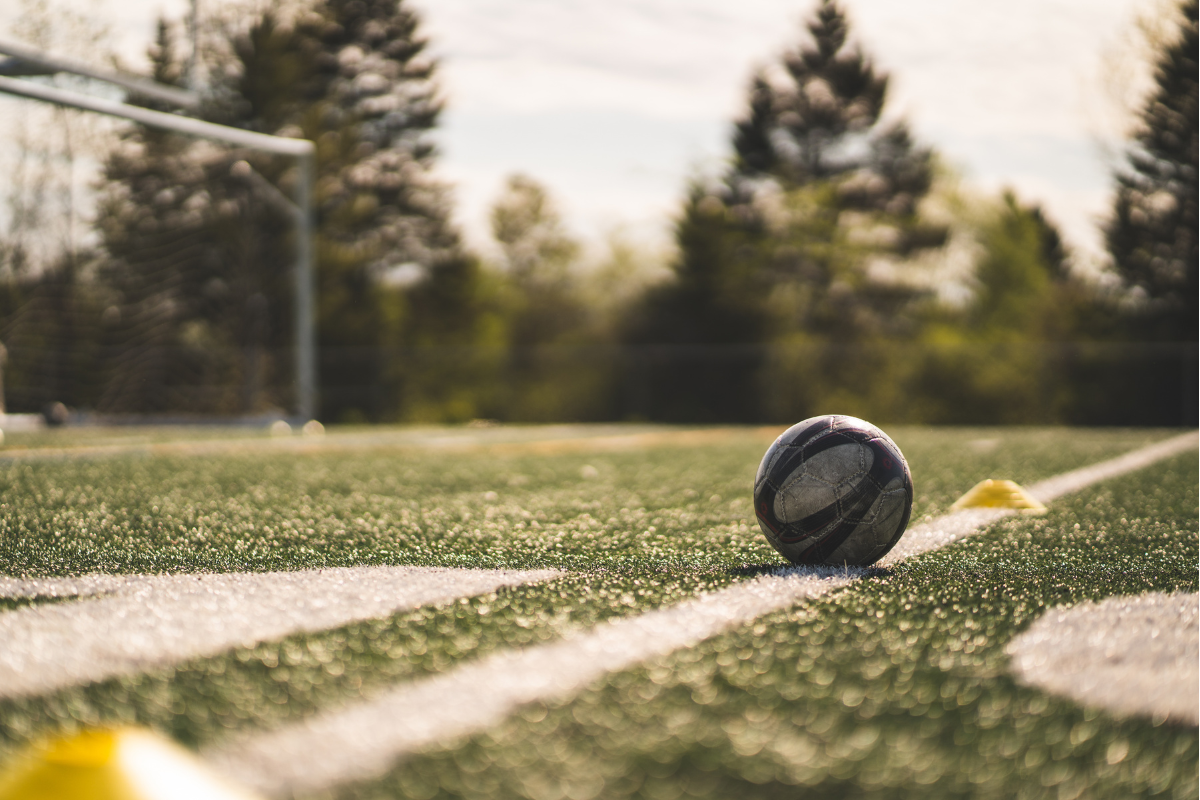
Creating Your Backyard Training Schedule
Here’s the thing about consistency:
It beats intensity every time for young players.
15-minute quick session (perfect after school):
- 3 minutes: Invisible Ball Challenge (warm-up)
- 5 minutes: One agility drill
- 4 minutes: One ball control drill
- 3 minutes: Statue Soccer (fun cool-down)
30-minute comprehensive session (weekend training):
- 5 minutes: Invisible Ball Challenge
- 8 minutes: Two agility drills with rest
- 10 minutes: Two ball control drills
- 7 minutes: Combination games
Weekly progression plan:
Weeks 1-2: Master basic versions Weeks 3-4: Add complexity and competition Weeks 5-6: Combine drills and add challenges Week 7+: Create custom combinations
The secret ingredient:
Make it fun, or it won’t last.
Making These Drills Actually Work
Here’s what separates effective training from just playing around:
Use imagination actively: “You’re Messi breaking through three defenders!”
Track simple progress: Longest invisible juggling streak, fastest shadow dancing time.
Celebrate improvement: Focus on effort over perfection.
Common mistakes to avoid:
Too much, too soon: Start with 2-3 drills, add gradually.
Speed over form: Proper technique matters more than pace.
Skipping rest: Growing bodies need recovery.
Making it feel like work: Keep the fun factor high.
Weather-proof adaptations:
Hot days: Focus on stationary drills Rainy days: Move to garage or basement Cold weather: Use as warm-up before outdoor play
The transformation you’ll see in weeks:
In Week 1: Awkward movements, lots of thinking
Week 4: Smoother execution, building confidence
In Week 8: Natural movement, creative variations
Week 12: Skills transferring to actual games
Why These “Simple” Drills Actually Work
Here’s what most parents don’t realize:
The best soccer training often looks the simplest.
These equipment-free drills develop:
Improved first touch: Invisible ball builds muscle memory
Better agility: Shadow dancing creates reactive athletes
Enhanced ball control: Helicopter turns master tight spaces
Increased confidence: Success in backyard builds game confidence
Superior body awareness: Balance drills create coordinated athletes
But here’s the real magic:
Kids who master these basics become the players who make difficult skills look easy.
The compound effect:
Better footwork + improved balance + enhanced coordination = Players who stand out on any team.
And the best part:
These skills transfer to every sport, not just soccer.
Taking It to the Next Level
Once your child masters these backyard drills…
They’ll be ready for more advanced training.
The natural progression:
- Join local recreational league
- Try out for school teams
- Consider club soccer if interested
- Simply enjoy pickup games with friends
Remember this:
Many professional players credit unstructured, creative play for their unique skills.
Your backyard might not look like a training ground…
But it can be just as effective for developing young talent.
The most important goal:
Help your child fall in love with the beautiful game.
Because when that happens:
Everything else takes care of itself.
Your Next Steps
Ready to transform your backyard into a soccer development center?
Start with just one drill today.
Pick the one that:
- Matches your child’s current interest level
- Fits your available space
- Seems most fun to both of you
Then:
Make it a daily 10-minute habit.
Watch what happens:
In just two weeks, you’ll see noticeable improvement in coordination, confidence, and soccer skills.
The beautiful game is waiting.
Your backyard is ready.
Let’s get started.
Also check out our guides on choosing the right soccer ball and more to continue supporting your child’s soccer journey at home.
